During the reign of Catherine the Great, German immigrants came to Russia and settled in a place called Sarepta on the Volga River. Sarepta became the vibrant center of German life.
Today even the local recipes have remained unchanged for 300 years. The locals still make strudel — but you wouldn’t recognize it.
Volga Germans are one of the national groups in Russia by the early 20th century. They called themselves Volga colonists. On the basis of the Manifestos of Catherine II in the 1760s, they were settled in the Lower Volga region.
In total, more than 30,000 people came to Russia from the Germanic states in just three years, 1763 to 1766. Most of the colonists were Herrnhuthers (from the German town of Herrnhut), representatives of the Protestant movement doing missionary work in other countries. Their colonies appeared all over the world, from Greenland to Surinam. In Russia, they first settled in the city of St. Petersburg until a bit later the authorities decided to temporarily resettle them in Oranienbaum, a suburb of the capital. There the immigrants got to know Russian laws and traditions. Then they took an oath of allegiance to the Russian crown, the text of which was approved by Count Grigory Orlov on August 3, 1763.
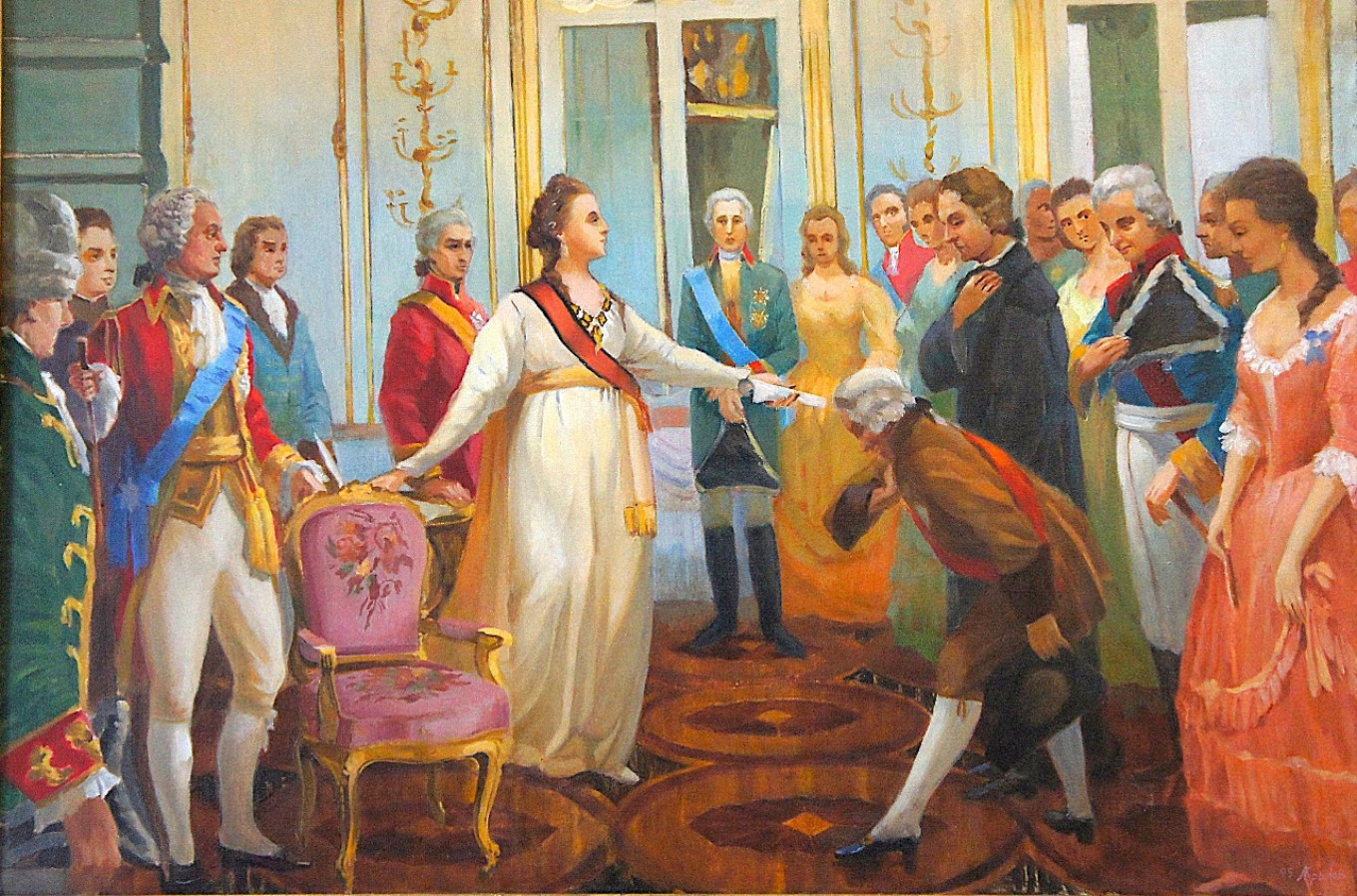
In 1755, not far from the city of Tsaritsyn (today Volgograd) almost in the wild steppe, the settlement-fortress of Sarepta was founded. Catherine II gave permission to German settlers to build a town and live there. Thanks to their diligence in the 18th and 19th centuries, Sarepta became the economic, spiritual, scientific and cultural center of the South of Russia.
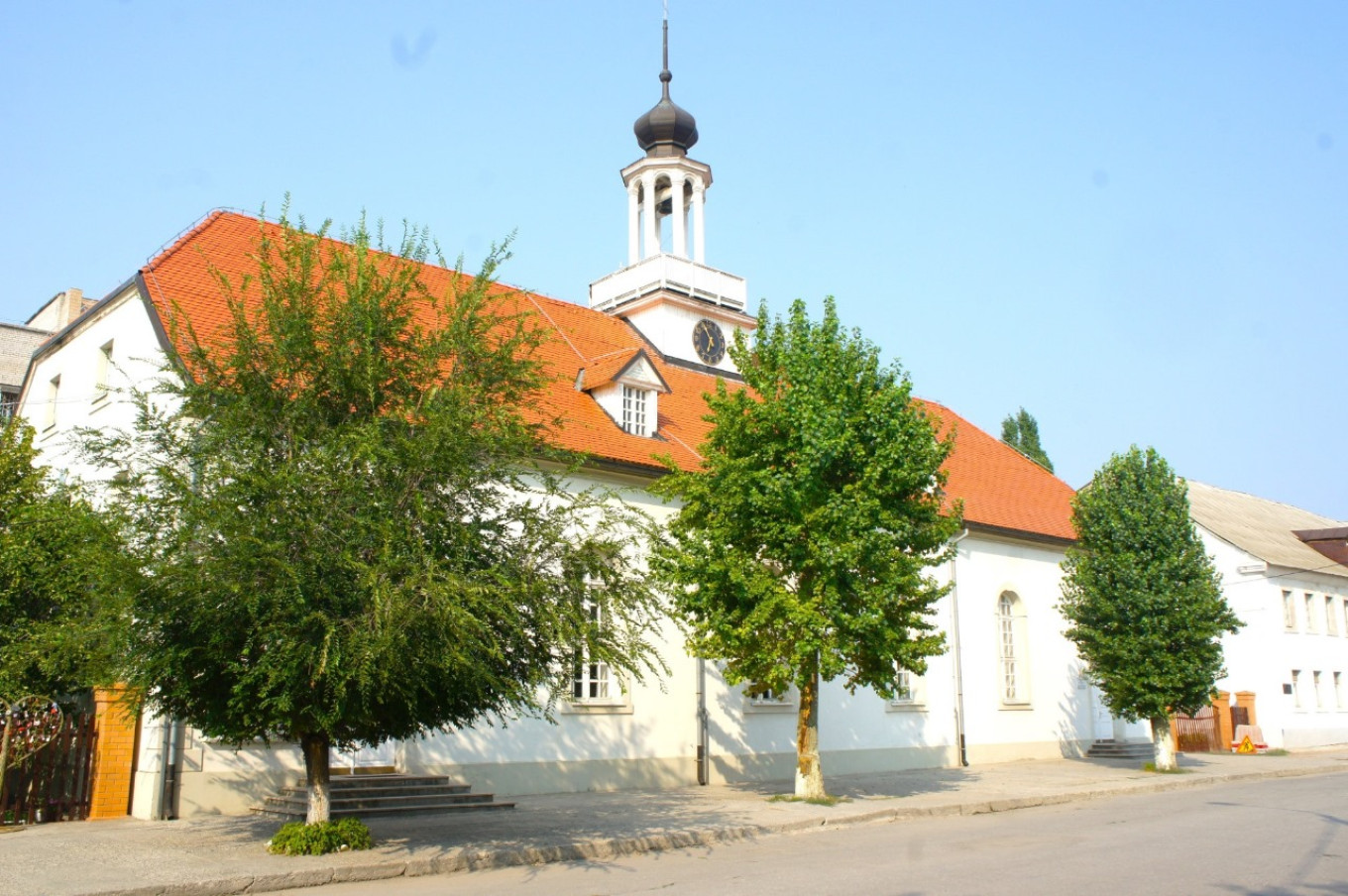
One of the main tasks of the government when German colonists moved to Russia was to develop agriculture. Germans brought their metal plows and wooden threshers that had rarely been used in Russia. They were active and successful farmers, sowing potatoes, increasing crops of flax and hemp, growing tobacco and much more.
The Germans also had their own goals. The settlers tried to convert the native inhabitants to the Christian faith, but they were not successful.
Of course, the foreigners brought with them their own culture and cuisine. They never abandoned their love for their native recipes, even though local products and conditions did not always allow them to cook their favorite dishes from home.
Sarepta became famous for its famous mustard oil. Johann Konrad Neitz, a scientist who lived there, noticed a new type of mustard growing in the area. Later they called it blue mustard. It was indeed different from the kinds of mustard seed known at the time: black (French) and white (English) mustard seeds.
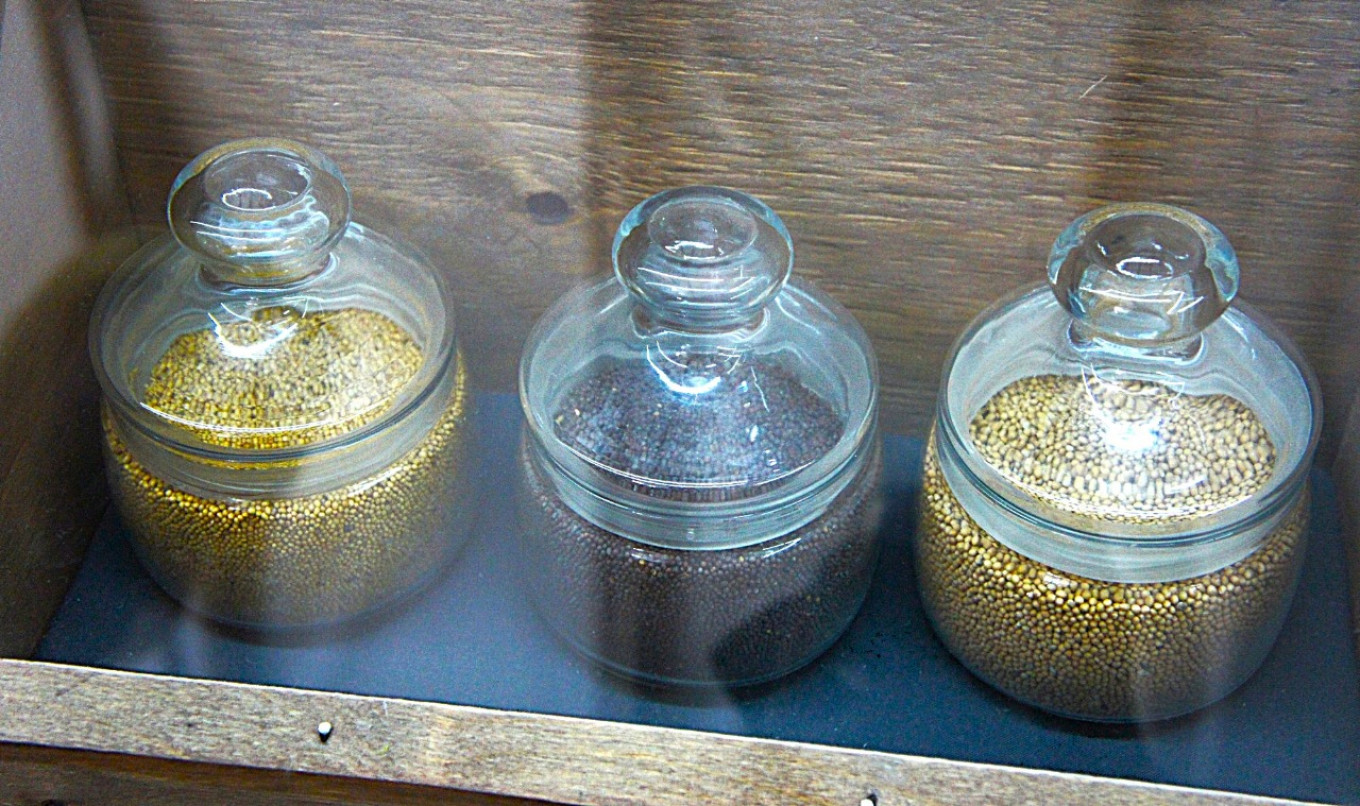
Neitz began to produce mustard oil and powder in 1801. At first he used a hand-powered coffee mill to grind the grain and then pressed the oil on a screw press to produce a “cake.” Then Neitz hand-ground the cake on millstones to produce mustard powder. He also made table mustard in small quantities. He sold his products at local markets in Sarepta, Tsaritsyn and neighboring villages.
In Russian fine cuisine of that era, the preferred mustard was imported, mainly from England and France. But the situation changed in 1807 after the conclusion of the Peace of Tilsit between Emperor Alexander I of Russia and Emperor Napoleon Bonaparte of France. Under the terms of this treaty, Russia joined the continental blockade of England and stopped importing English goods, including mustard.
This opened up new opportunities for Neitz. In 1810 he built a factory in Sarepta with a mill and a horse-drawn mustard dough mixer, installed improved steam fryers and sieves and hired workers, mainly from among the Volga Germans who had colonized the region.
In the same year of 1810 Neitz began to expand the market for his products. and made the first deliveries of mustard oil, powder and table mustard to Sarepta Trading Houses in St. Petersburg and Moscow. Thanks to their high quality, Neitz’s products quickly became in high demand in both capitals.
At the same time, samples of the products — table mustard and oil — were presented to the court of Emperor Alexander I, where they were greatly appreciated. Alexander ordered that Neitz be awarded a gold watch “for the machines to make mustard oil and mustard in the manner of foreign table mustard.”
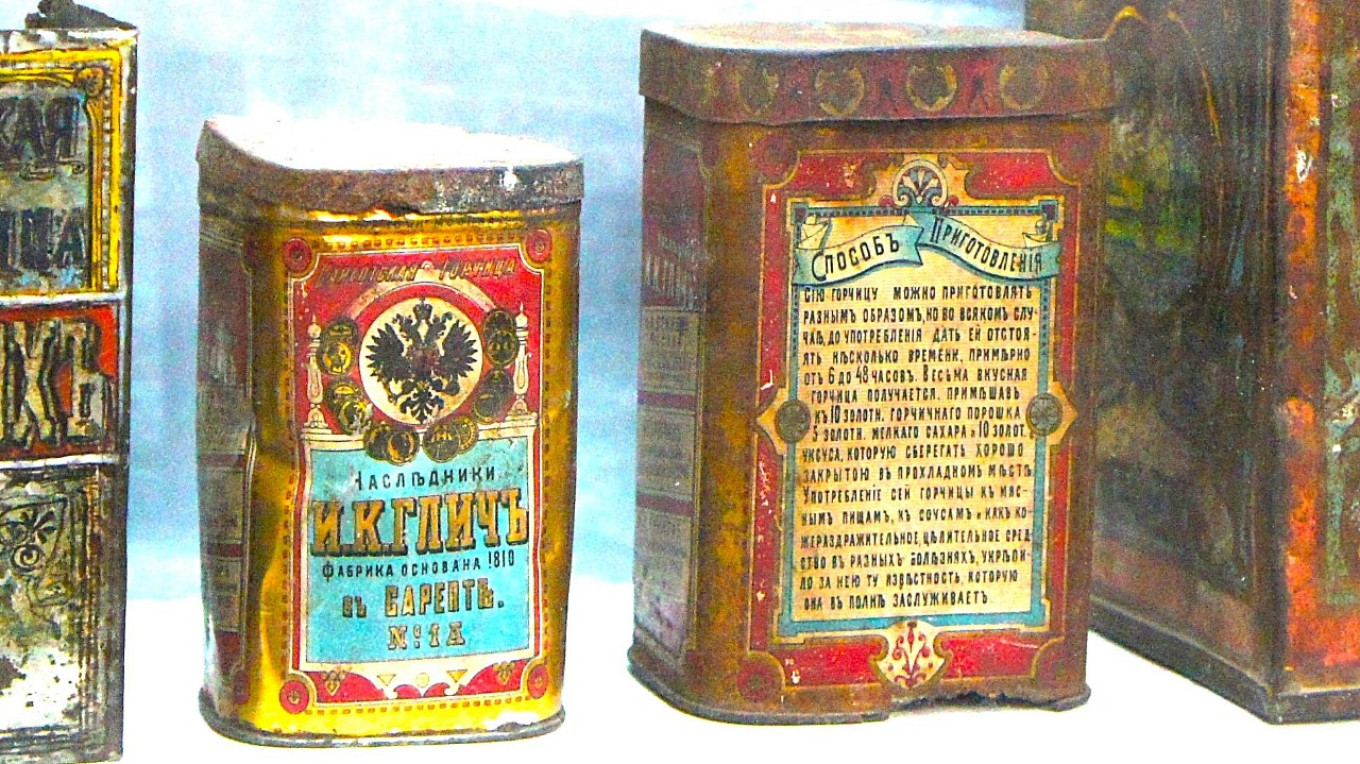
Today we know that unlike two related types of mustard oil, Sarepta mustard does not have erucic acid, which is considered toxic. It is absolutely safe to eat Sarepta mustard oil. It goes well in salads and is ideal for baking, giving pastries, breads and pies a beautiful golden color. You can also fry in mustard oil; the cleaner the oil, the higher its smoke point.
There is also an old German strudel that, it turns out, can also be made with this oil. Of course, when people hear the word “strudel” they usually imagine an apple strudel. A strudel can be made with just about anything. Sweet versions are filled with cottage cheese, poppy seeds, various fruits and berries. Or you can start a meal with appetizers of many kinds of savory strudel: potato, mushroom, meat, vegetable and cheese.
As everyone knows, classic strudel is dough, apples and cinnamon. In Austria, it is called apfelstrudel and is on the menu in almost every eatery. For a long time strudel was an everyday dish, not something to be served in castles or at state dinners. But at the Congress of Vienna (1814-15) the dish was served to European monarchs and diplomats, and from that moment on its triumphal march around the world began.
The dessert took a different path among Russian Germans — or, to be more precise, it simply remained the way it was in the 18th century. Even its name is similar but not quite the same. It isn’t called strudel but rather strudels. These are potato-filled pies baked in the oven.
Strudels were served with tomato sauce — to make use of the particularly delicious tomatoes that are ripe in autumn along the Volga. And, of course, Sarepta mustard oil is used. Maybe that’s what gives the dish a unique homemade flavor.
Strudels
Ingredients
- 250-280 g (8.75 – 10 oz) whole wheat flour
- 200 ml (3/4 c + 1 Tbsp or 6.75 fl oz) kefir
- 50 g (1.75 oz or 3 Tbsp +2 tsp) clarified butter
- 1 tsp dry yeast
- 1 tsp sugar
- pinch of salt
- 2 medium onions
- 50-70 ml (3-5 Tbsp) mustard oil or plain vegetable oil (in the dough, on your hands, for frying onions)
- 3- 4 small potatoes
- salt, ground pepper bay leaf to taste
Instructions
- Mix flour with yeast, add kefir, salt, sugar and knead the dough; at the end add 1 Tbsp oil.
- Knead until smooth, moisten your hands with oil, form a ball and leave to rise for about an hour and a half. During this time the dough will rise twice. It is a rather soft dough.
- While the dough is rising, cut the onion into half rings and sauté in oil until brown.
- Melt the clarified butter and cool.
- Transfer the risen dough to a table greased with oil and carefully stretch into a layer 0.7-1 cm (1/4-1/2 inch) thick.
- Spread melted butter over the surface of the dough.
- Roll the dough into a roll and let rest. Using a very sharp knife, cut the roll into 3.5-4 cm (1.3-1.5 inch) pieces.
- Preheat oven to 180°C /355°F.
- Put the onions in a baking dish, cover with potato slices, add bay leaf, salt, pepper, add water to the top of the potatoes without covering.
- Loosely arrange the dough rolls on top.
- Cover the dish tightly with foil, bake for 40-50 minutes.
- Serve the rolls with slices of potatoes and sauteed onions. If you wish, you can serve with homemade tomato sauce from fresh tomatoes.
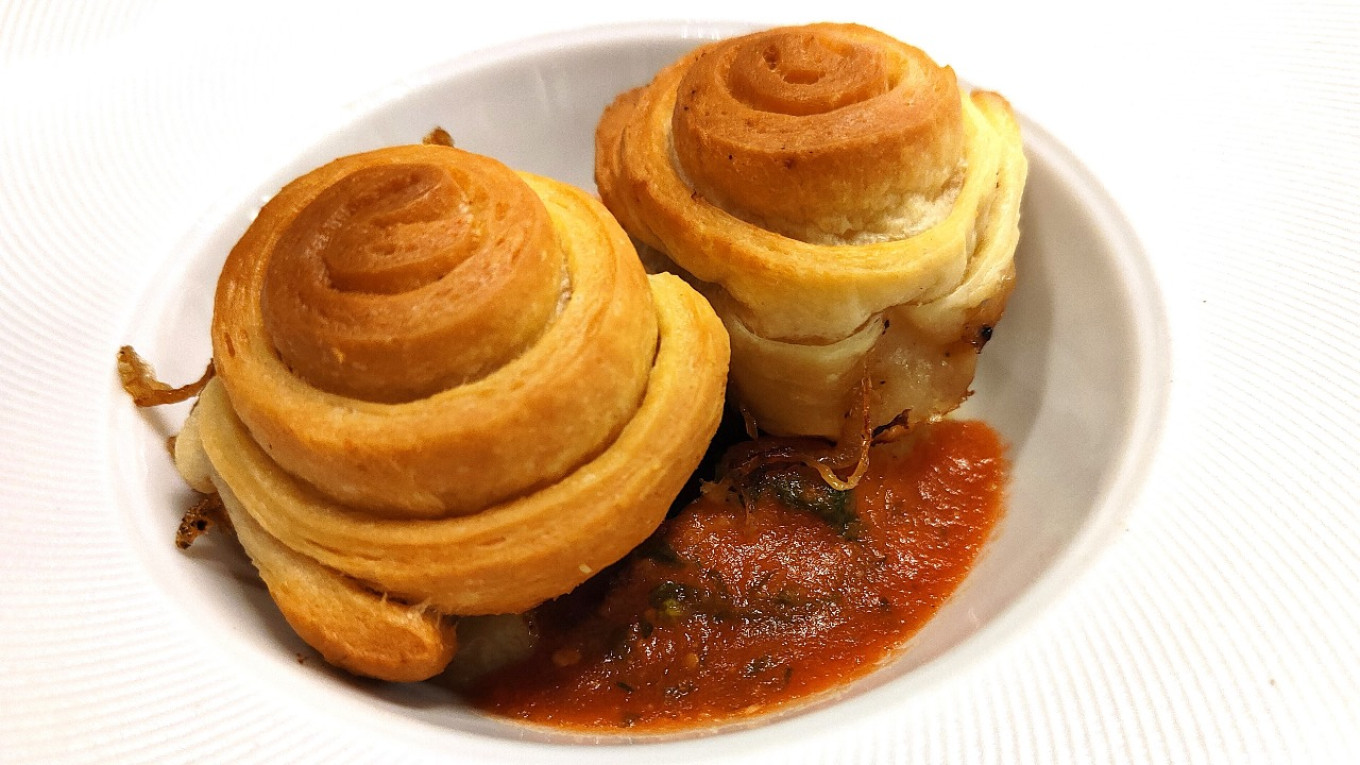
A Message from The Moscow Times:
Dear readers,
We are facing unprecedented challenges. Russia’s Prosecutor General’s Office has designated The Moscow Times as an “undesirable” organization, criminalizing our work and putting our staff at risk of prosecution. This follows our earlier unjust labeling as a “foreign agent.”
These actions are direct attempts to silence independent journalism in Russia. The authorities claim our work “discredits the decisions of the Russian leadership.” We see things differently: we strive to provide accurate, unbiased reporting on Russia.
We, the journalists of The Moscow Times, refuse to be silenced. But to continue our work, we need your help.
Your support, no matter how small, makes a world of difference. If you can, please support us monthly starting from just $2. It’s quick to set up, and every contribution makes a significant impact.
By supporting The Moscow Times, you’re defending open, independent journalism in the face of repression. Thank you for standing with us.
Once
Monthly
Annual
Continue

Not ready to support today?
Remind me later.
×
Remind me next month
Thank you! Your reminder is set.





